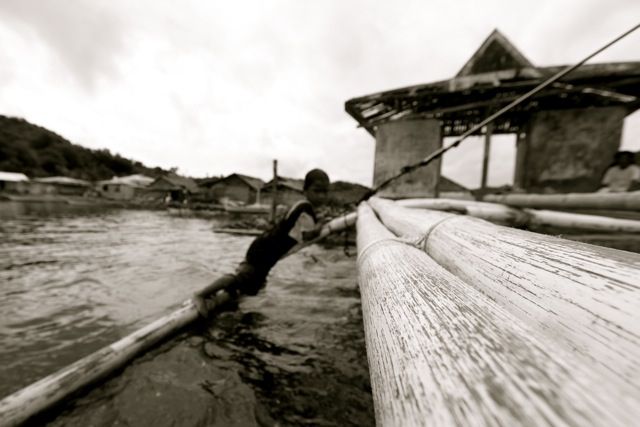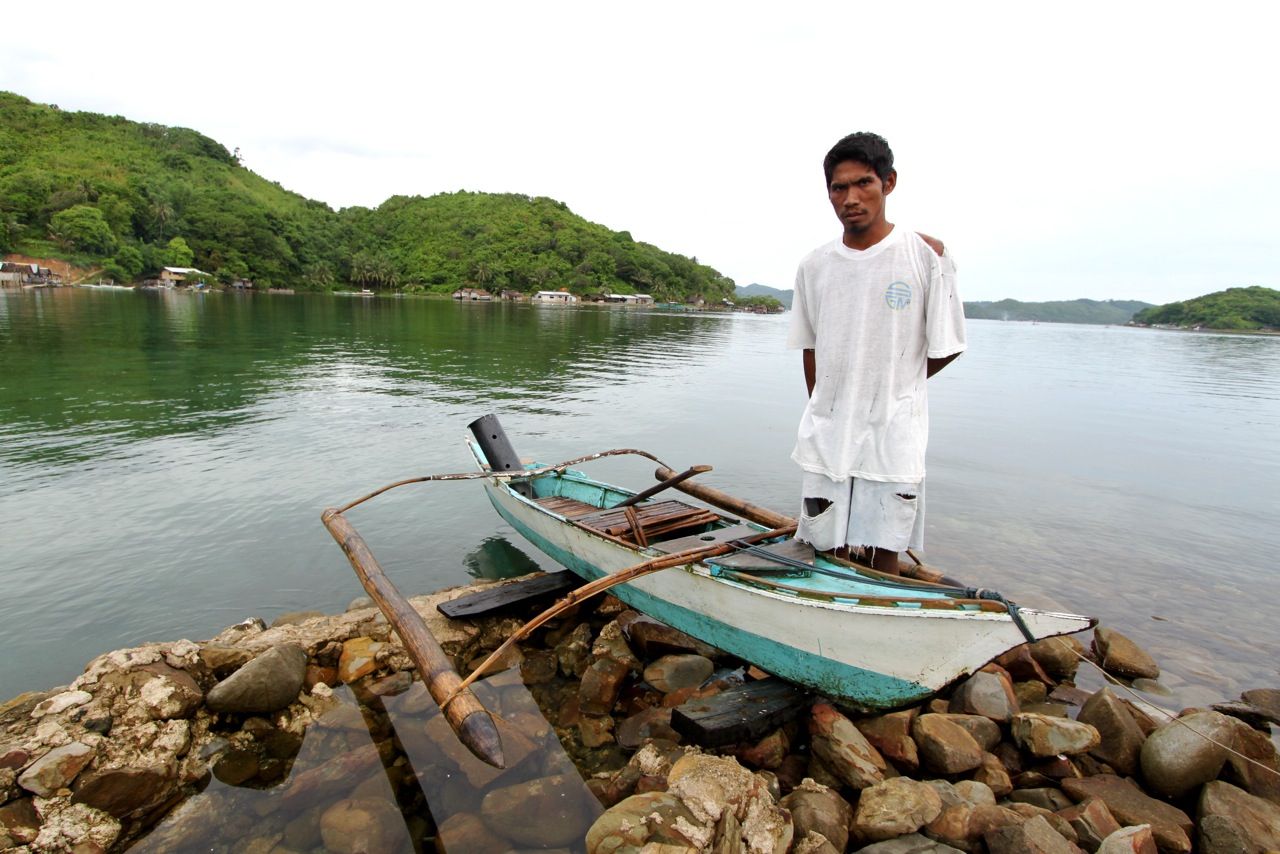"Don't move, I just need to see if the jaws of a tiger shark can fit around your head," were education and communications officer Gregg Yan's next words after our introduction at the World Wildlife Fund for Nature (WWF-Philippines) headquarters in Quezon City, Philippines. I felt this same enthusiasm and commitment 270 miles south, from a data enumerator in a small island in Northern Palawan.
Biton is not on the map. The remote location in the municipality of Taytay lies in between the Luzon Sea and the disputed waters of the South China Sea, which required travel by land, sea and air. Solar panels on the rooftops of Biton's thatched homes are a response to limits on electricity each day. Taytay receives 12 hours of electricity from 5:30 p.m. to 5:30 a.m. while the bordering municipalities of El Nido, an international tourist destination, receive 16 hours and Roxas gets 24 hours.
Abundant marine, animal and plant life in the Philippines supports a rapidly growing population of 90 million. The nation's wealth in natural resources also serves as profitable products in the global market. I sought to learn about a resource management project that is addressing overexploitation and traditional livelihoods.
The Live Reef Fish for Food Trade (LRFFT) brought me to Puerto Princesa, the capital of Palawan, where I traveled north through a forested highway. Luzon, Visayas and Mindanao are the Philippines' three major regions, which consist of 7,100 islands, with Palawan in western Visayas. Traditional Filipino homes called kubos dotted the landscape while men and women rode on water buffaloes to tend to their plots. Indigenous people were the first to use kubos. They are constructed with bamboo, covered with a thatched roof and lack running water and electricity. Rice paddy fields or stretches of a crop often accompany the kubos, which are elevated on stilts to rise above floods and unwelcome visitors from the tropical rainforest.
To read the rest of this article, visit the Huffington Post.



